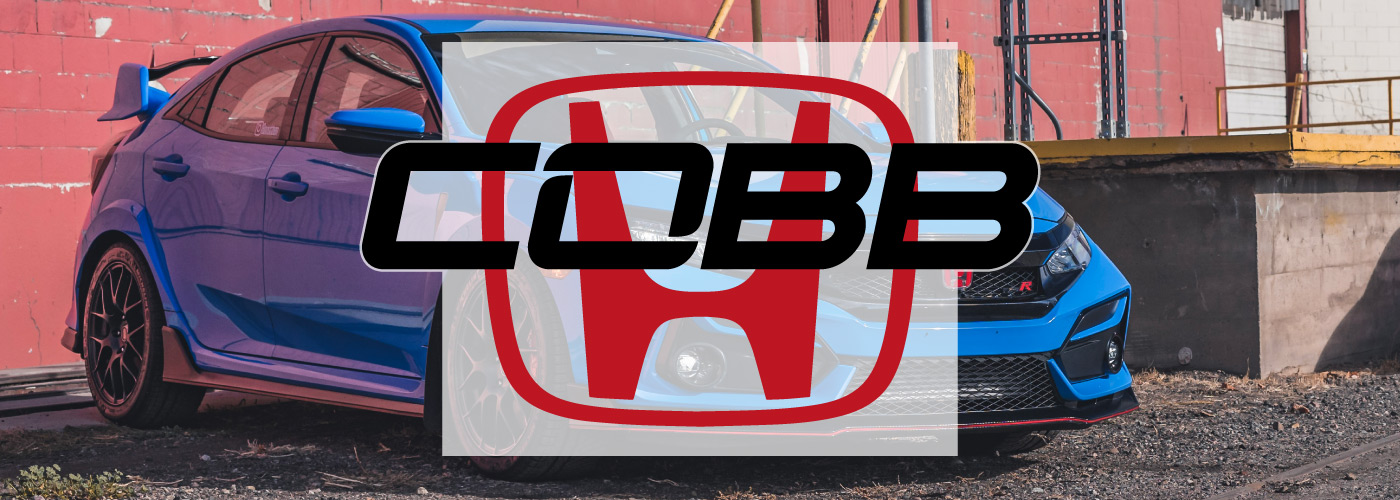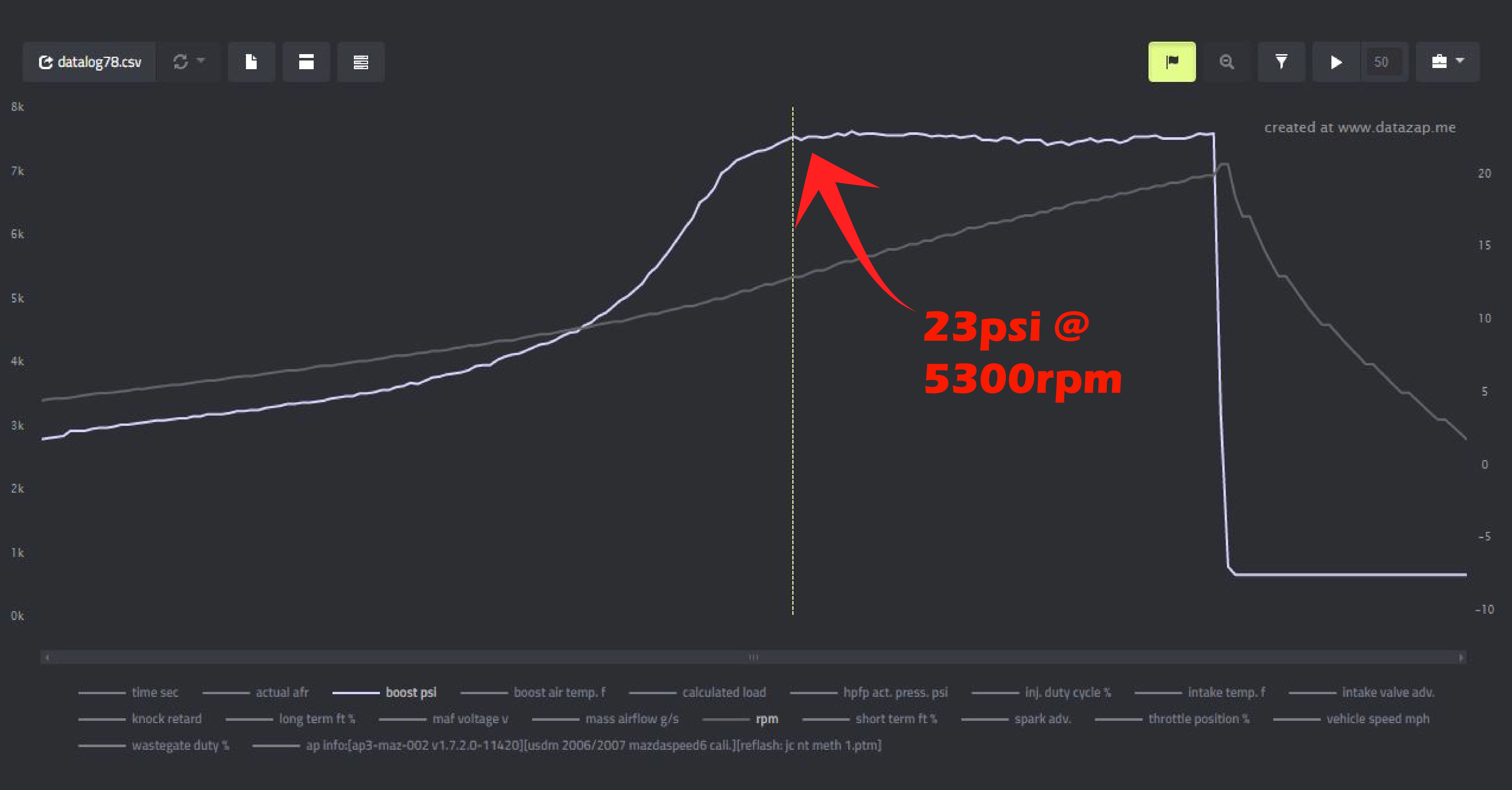
Dyno tuning is one of the safest and easiest ways to get more power out of your car. You can bolt on parts all day long, but without making the necessary changes in the ECU, not much will come of it. In fact, you might be worse off than if you didn't put those parts on. But strap that car to the rollers for a few hours with an experienced tuner behind the wheel and watch as it suddenly comes alive.
As easy as it sounds, it isn’t as simple as just strapping the car down for a couple full throttle ramp runs. There is quite a lot that goes into dyno tuning a car and it is your responsibility to make sure your car is capable of safely completing a dyno tuning session.
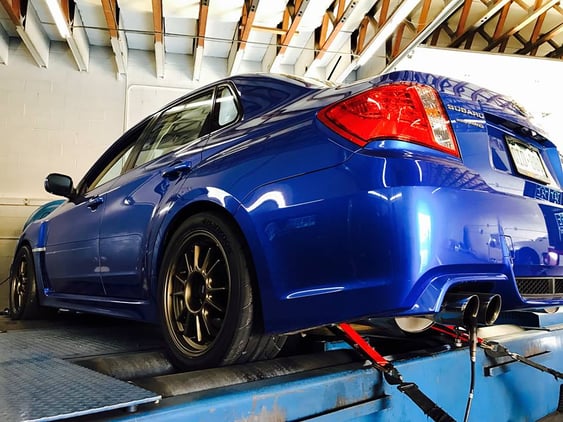
A dynamometer or dyno is designed to simulate real world driving in a safe and consistent environment. The dyno also can monitor torque and calculate horsepower based off torque and rpm so it becomes a useful tool for tuners to use to optimize a car's performance.
But since a car can’t be fully optimized in one or two passes on the dyno, you will need to make sure that your car is up to the task of repeated pulls, and depending on the work being done, anywhere from 2 to 4 hours of dyno time. Below are some things to check before bringing your car to the dyno to ensure it is in optimal condition for the testing that will come.
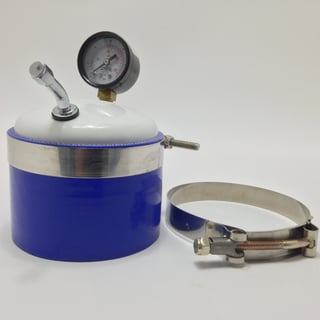 Boost/Vacuum Leaks
Boost/Vacuum Leaks
Boost leaks will be found in any piping or part that is between the turbocharger's compressor outlet and the head of the engine. When you have a boost leak on a Mass Airflow (MAF) Sensor based car, you are losing air that has been measured already and this will not only cost you power due to lack of boost pressure being able to be maintained, but it can also cause the car to run dangerously rich. If your ECU is setup properly, the engine might still run safely even with a small boost leak but it will not have the power and efficiency it should.
A leak between the compressor outlet and the throttle body will cause the car to run rich all the time as it will always be losing metered air. If the leak is in the intake manifold, it will pull in unmetered air at idle and in part throttle conditions where there is a high amount of vacuum in the intake manifold. This will cause the car to run lean at part throttle but rich at wide open throttle. With a boost or vacuum leak, the car will be impossible to calibrate properly.
If you are not sure whether or not you have a boost or vacuum leak and don't feel comfortable doing the test yourself, you should take your car to a shop and have a leak test performed. This will ensure a successful dyno day. Many dyno shops even require that you allow them to test your car before they strap it to the dyno to prevent further wasted time.
Leaks in the Intake
If you have a pre-turbo leak, the vacuum created by the turbo will constantly be sucking in unmetered air (in a MAF based car) and this will present as a persistent lean condition at both wide open throttle and part throttle/cruise. If your car has an intake leak, it will be impossible to calibrate it properly.
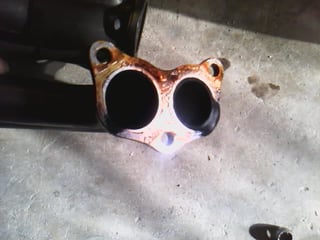 Exhaust System Leaks
Exhaust System Leaks
Exhaust system leaks can cause back pressure and scavenging issues on a naturally aspirated car and can cause slow spool and lean readings on a turbocharged car. If a leak is persistent in your exhaust anywhere in the manifold or before the O2 sensor, there could be calibration problems that can halt tuning and cost you a lot of unnecessary money and time.
You can check for signs of a leak by inspecting for carbon build up around flanges. A preventative measure here is replacing gaskets when you change out parts like the exhaust manifold, downpipe, or turbo.
Mechanical Operation
Before going to the dyno it's important to make sure that your car is operating as it should mechanically. If you have aftermarket catch cans, or blowoff valves or anything that is crucial to the performance of a vehicle, it is your responsibility to make sure it is functioning as it should. If a blowoff valve is sticking open, it will cause plenty of issues when it comes to tuning the car. If your catch can is plumbed incorrectly or needs to be emptied, this can cause problems as well. Even if you have poorly fitted intercooler piping that bangs and bounces in the engine bay, this can cause the car to pick up false knock making it impossible to dial in spark timing as the vibration of metal on metal can set off the knock sensor. You can check for false knock by running higher octane fuels in your car. If the knock doesn’t go away, it is most likely false, but you will still need to figure out and fix the issue that is causing it before going to the dyno.
Fuel System Components
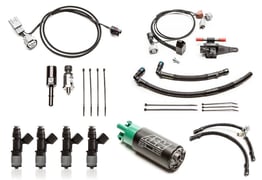 The fuel system is extremely important on any vehicle. You must be able to supply the necessary amount of fuel to go with the amount of air that is being ingested by the car. If your car can’t supply this fuel, then you are limiting the cars power potential. This is especially prevalent on turbocharged vehicles. If you are upgrading your turbocharged car to push a lot more air, then you will also need to make sure the fuel system is upgraded accordingly. This will look different between varying platforms so it is important as the customer to consult with the tuner and find out what they recommend for your power goals. That way, when you show up to the dyno, your fuel system will can keep up with your car's air delivery and won’t get in the way of it making power.
The fuel system is extremely important on any vehicle. You must be able to supply the necessary amount of fuel to go with the amount of air that is being ingested by the car. If your car can’t supply this fuel, then you are limiting the cars power potential. This is especially prevalent on turbocharged vehicles. If you are upgrading your turbocharged car to push a lot more air, then you will also need to make sure the fuel system is upgraded accordingly. This will look different between varying platforms so it is important as the customer to consult with the tuner and find out what they recommend for your power goals. That way, when you show up to the dyno, your fuel system will can keep up with your car's air delivery and won’t get in the way of it making power.
Another thing to watch out for here is if you have recently upgraded your fuel system. Any leaks or issues here will bring an immediate halt to tuning and could cost you a serious amount of money if they are left unchecked.
Spark Plugs
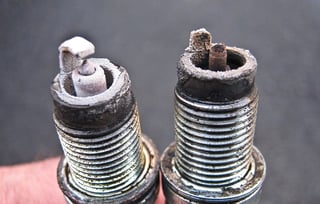 Spark plugs are a commonly overlooked item when it comes to modifying a car. In a lot of cases when it comes to modifying a car, it will be important to make sure you are running the appropriate heat range and gap on your spark plugs. Running higher boost pressure sometimes necessitates running a colder heat range spark plug and a smaller plug gap.
Spark plugs are a commonly overlooked item when it comes to modifying a car. In a lot of cases when it comes to modifying a car, it will be important to make sure you are running the appropriate heat range and gap on your spark plugs. Running higher boost pressure sometimes necessitates running a colder heat range spark plug and a smaller plug gap.
It is also important, when preparing for a dyno tune, to make sure your plugs are in good working order. If they are old or fouled they will certainly cause problems with the calibration. If they are improperly gapped, you will immediately run into spark blowout upon turning up boost pressure. Don’t let a set of $40 spark plugs cost you a $450 or more tune.
Fresh Oil
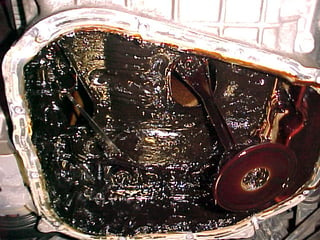 This one should be a no-brainer. In order to calibrate your car for high performance conditions, you have to simulate high performance conditions. This means repeated wide open throttle pulls on the dyno with much less airflow than what is found in the real world since the fans not being able to fully simulate actual air flow on a dyno. While it is the job of the operator/tuner to make sure the car isn’t overheating, it is your responsibility to make sure the car is up to the task of supporting this kind of abuse. This means that you should make sure the oil levels are where they are supposed to be, and you should also make sure the oil is relatively fresh. That means that the oil is closer to being new than it is to being ready for a change. You will be needing the oil to perform at its best in order to get the best results.
This one should be a no-brainer. In order to calibrate your car for high performance conditions, you have to simulate high performance conditions. This means repeated wide open throttle pulls on the dyno with much less airflow than what is found in the real world since the fans not being able to fully simulate actual air flow on a dyno. While it is the job of the operator/tuner to make sure the car isn’t overheating, it is your responsibility to make sure the car is up to the task of supporting this kind of abuse. This means that you should make sure the oil levels are where they are supposed to be, and you should also make sure the oil is relatively fresh. That means that the oil is closer to being new than it is to being ready for a change. You will be needing the oil to perform at its best in order to get the best results.
Wheels and tires in good condition
While wheels are not often a problem, tires can be a big one. On the dyno, they will be subject to high speeds and loads. Since the car is strapped down, there is more weight applied and they are going to be repeatedly spun up to higher speeds than what they would see under normal driving conditions. It is important to make sure that they have the appropriate amount of air in them, that they are not leaking, and that they have adequate tread as well. If the tire is old or is starting to come apart, it should be replaced before getting on the dyno. If there is a nail in the tire or any other foreign object, it should be removed and the tire repaired as you wouldn’t want it to come out while on the dyno and damage something in the shop. A tire blow out on the dyno can cause damage to both your car and the dyno itself. At worst, anybody standing within several feet of the dyno can potentially be hurt as well. None of this should happen but it does. Being proactive about safety and vehicle health is critical.
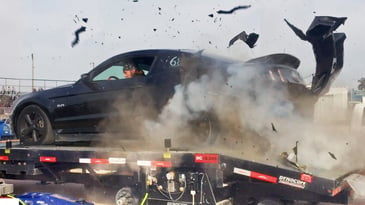
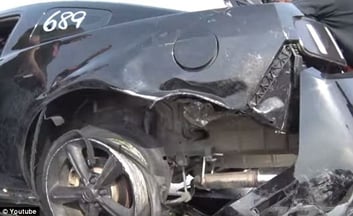
Motor Mounts
Motor mounts are not something that most people pay attention too. If you have upgraded motor mounts, it is important that they are installed correctly and that nothing is loose. If you have OEM mounts, it is important that they are in good working order and not blown out or loose. Running on the dyno is like running on the race track. If something could go wrong there, it can go wrong on the dyno too. It is never a good thing when a motor gets torqued off its mounts as this will cause you some major problems. So make sure they are secure before coming to the dyno.
Compression/Leak Down Test
While this isn’t something that you absolutely have to do, I’m listing it here because it is definitely something worth doing. Knowing that your engine is healthy before getting on the dyno goes a long way towards understanding the numbers you end up with after the calibration process is complete. If your numbers are uncharacteristically low, it could be due to an unhealthy engine. Furthermore, putting an engine that is already hurting through more punishment is not really advised as this can cause even more wear and tear.
This may all seem like a lot for a dyno tune, but in the end the peace of mind is worth it. Aside from the dyno, these things should all be paid attention to regularly anyway. Should any of the issues listed above effect you, finding out on the dyno is the most expensive way to learn about them when a little pre-dyno inspection could go a long way to saving you money, time, and heartache.
Topics:
